I think most people like a good deal, but some might say that I have an unhealthy obsession with freebies. This week has provided us an opportunity to enjoy several low-cost aspects of our traveling lifestyle, and I am loving it.
Free Camping
Camping is already a fairly budget-friendly way to travel. By bringing your own house and gear, you avoid the need to rent a roof, bed, and plumbing from a hotel or other property owner.
How does this translate into dollars? In planning for this trip, my goal has been to keep our average camping costs at no more than $30 per night. That’s a bargain, since it equates to less than half of what we paid per night to rent a one bedroom apartment in Miami under a long-term lease! But since we hope to always stay in great places, in some cases that means we will have to exceed the budget. As a result, I’m always on the lookout for interesting yet affordable spots to keep the average in line with our goals.
A powerful way to reduce the average daily camping cost is to average in a bunch of zeroes by taking advantage of free camping locations. The principal opportunity for free camping is dispersed camping — i.e., camping outside an established campground — in national forests and on lands owned by the Bureau of Land Management. These campsites are free and broadly available, though subject to a 14 day stay limit. However, NFs and BLM lands are more common west of the Mississippi. Finding free camping in the Eastern U.S. requires a little more research.
fedlands3
Fortunately, we have a lovely free camping location in western Martin County at Equestrian Campground at the Dupuis Wildlife and Environmental Area, owned by the State of Florida and managed by the Florida Fish and Wildlife Conservation Commission and the South Florida Water Management District. For just the effort of getting a free special use license online, we were able to enjoy eight continuous days of free camping in an unstructured environment, but with helpful support resources like hot showers, a dump station, and a source of potable water. This is the best possible combination: good amenities + no cost.
Free Entertainment
As if free camping weren’t enough, we’ve had plenty of opportunity to enjoy free leisure activities. We’re lucky that many of our favorite activities are low-cost or no-cost.
One that tops the list is stargazing, and as you can see from the photo at the top we had dark clear skies that allowed us to find our favorite constellations and learn some new ones. A little astronomy makes every visit better!
Another of our favorite activities is hiking, and we definitely put some miles on our new hiking shoes at Dupuis. The main hiking trail is a long oval loop oriented north-south through the property, with east-west connectors at various points to cut the loop into shorter segments. Feeling energetic after our 5.5 mile hike at Halpatiokee Regional Park, we started off with a hike that was billed as 11.1 miles. But we failed to factor in the distance from the campground to the trailhead, so our round trip ended up being close to 13 miles. That was …. too much. By a lot. The phrase “Bataan death march” was used, and not totally in jest.
After taking a day to recover, we followed this up with an 8-mile effort, which was perfect. We’ve figured out our limits, as least until we improve our fitness and endurance. Over the next several days we added several few more hikes to the tally, but stayed within our comfort zone of 8 miles each.
Despite the challenges, we loved the scenery along the trail. Florida hiking is naturally quite flat, but the Dupuis Loop takes hikers through a variety of different habitats ranging from palmetto and scrub pine forests to marshy wetlands dominated by cypress trees. We saw hawks, vultures (they eyed us optimistically), wild turkeys, deer, alligators, woodpeckers, wading birds, and a wild hog right on the trail that was as shocked as we were by the sudden and close encounter. Mostly we just enjoyed the classic South Florida vistas and — thanks to seeing NO other hikers beyond the trailhead — the sense of getting away from it all.
In addition to the hiking loops, Dupuis offers extensive equestrian trails as well as hard-packed dirt roads for easy biking or driving. During our time camping, Dupuis served as the end point for an event dubbed the “Ocean to Lake Greenway Ecoadventure,” which offered people the chance to experience the Ocean-to-Lake spur of the Florida National Scenic Trail using a variety of travel modes.
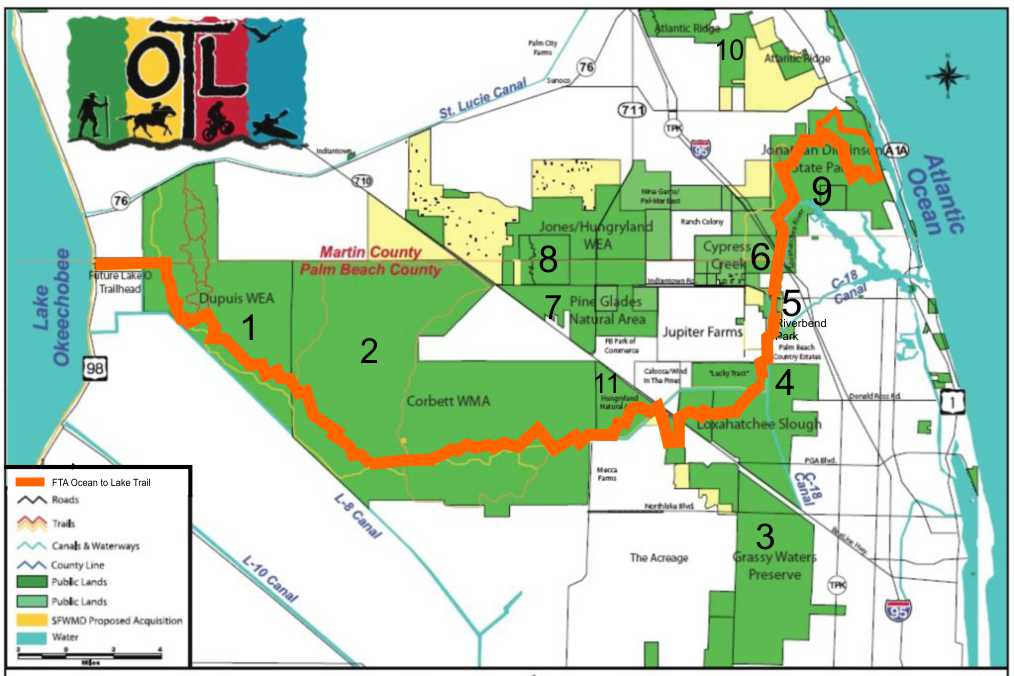
Ambitious participants were able to take a 3-day horseback ride starting from Jonathan Dickinson State Park and ending at Dupuis. Group hikes also took place at various points along the trail. Dupuis hiking options included a 4-mile or 11-mile hike (we did *not* get fooled into trying this again) and a 25-mile trail run for the truly crazy. We loved seeing all the horseback riders arrive at Dupuis from our front porch, and enjoyed hours of free entertainment.
Free* Electricity
The last big freebie that we explored at Dupuis involved improving our fuel systems to be slightly less reliant on consumable fossil fuels. The equipment in our trailer home is generally powered by one of two sources: electricity or propane. The electrical system then has three subsystems. We have (i) a hard-wired 12-volt direct current electrical system that is powered directly from our two 12-volt batteries, (ii) an inverter than can be turned on to convert battery power to normal household 110-volt alternating current, and (iii) an independent 110V A/C electrical system that activates only when we have external (“shore”) power from a campground hookup.
When we are camped in a location without electrical hookups, like at Dupuis, we are dependent on our batteries to provide power for many of the important functions of daily life:
| Runs on electricity from batteries? | Does not run on electricity | |
| Mandatory equipment – stuff we really can’t avoid using | Water pump (need to keep this powered up so we have water pressure in the sinks and toilet)
Lights (all LED, thank goodness) Ceiling exhaust fans (pull in cool night air necessary for sleeping comfort) Various sensors and monitors |
Refrigerator (runs on propane, but flips to A/C when we are attached to shore power)
Water heater (runs primarily on propane, can also be switched to electricity) Stove (stovetop and oven are both propane) |
| Optional equipment | TV, computers, phones, iPad, mobile hotspot, camera batteries
Air conditioning (runs on shore power only, not battery) |
Grill (has quick connect line to our propane system) |
The upshot is that we can scrape by on minimum battery usage by having a true “camping” experience — using low-energy lights and cooking over a flame, though we’ll have the benefit of refrigeration and hot water. But I have no interest in living like that full-time. At a minimum, we want to have full use of all our electronics so we can read, research, take photos, and communicate about our travels. This means finding a way to regularly recharge our batteries. Given our strong environmental leanings and our love for peace and quiet, one of our goals was to achieve “generator independence” using solar panels.
Solar PV electricity generation is super, but can’t overcome the laws of physics. The amount of energy in a photon of light is just a tiny fraction of the energy that’s made available by burning a hydrocarbon molecule, so solar electricity generation is much slower than running a gas generator. It also requires a lot of active surface area to generate a decent supply. There are tons of guides for evaluating the energy consumption requirements of your RV and sizing a system to your needs; Technomadia’s series is one of the best. A technical, exacting person would perform an electrical survey of the entire trailer to analyze electrical consumption, and purchase solar panels with appropriate sizing for the expected load.
However, we are lazy, and had an easy way out. Our trailer came equipped with 160 watts of panels on the roof already, so we just needed to figure out how much extra, if any, we might need to meet our full power needs through solar alone. During 5 days of dry camping at Phipps Park we kept a close eye on our battery monitor and solar charge controller. The factory-installed 160W was enough to replenish some of our lost battery strength each day, but not quite enough to ever get us back to 100%. That meant running our (efficient, but still somewhat noisy) Honda generator about every other day.
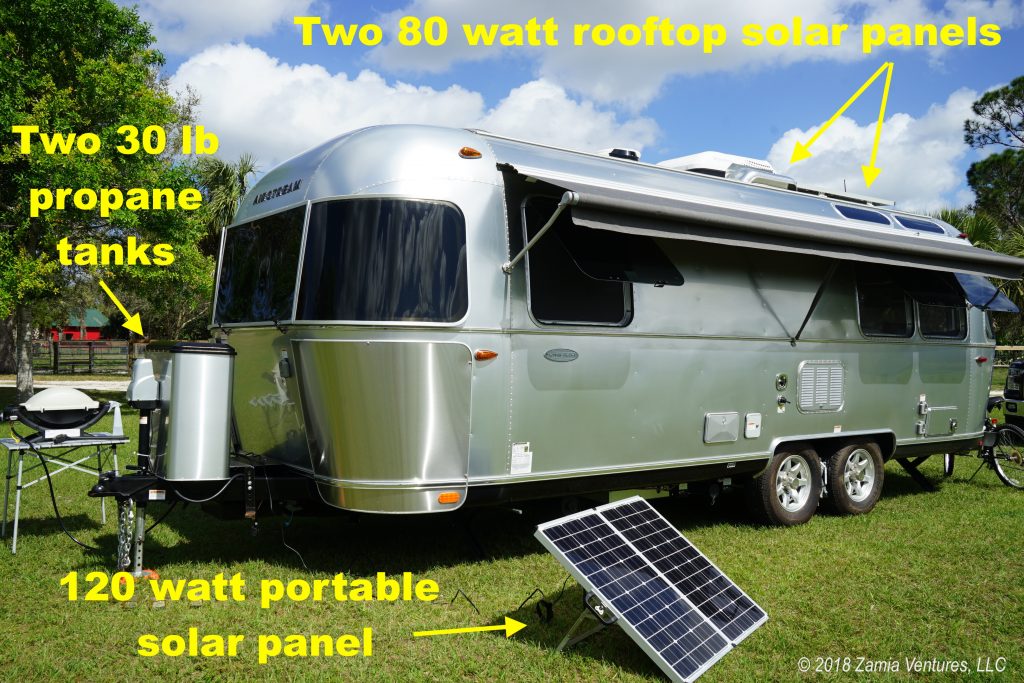
We decided that we wanted to add as much extra solar capacity as we could, but using a portable panel that was not too heavy or unwieldy. We ended up purchasing a supplemental panel capable of generating 120 watts, based almost exclusively on the weight (35 pounds) with no real attention to amp output or other technical details. Luckily, our math-free approach worked just fine. Our rooftop panels plus our supplemental panels were easily able to keep our batteries fully charged, since we had sunny days that were ideal for production of solar electricity. We spent 8 glorious days never needing our generator, with our panels silently recharging our batteries as we labored through our hikes, watched horses and ate local Mexican food. When we have extended periods of cloud cover, or we are located in shady locations, we’ll have our generator as a fall-back.
Of course, the “free” electricity from solar panels comes at the cost of having to purchase the panels. Given the very low cost of electricity per kWh, it would literally take us a decade to recoup the cost of the panels from the electricity they generate. But in our case, the benefit of the panels is to have a way to passively generate the electricity we need to stay comfortable and connected without needing to be parked in a crowded campground hooked up to shore power. For us, electricity from solar panels is not free, but represents the FREEdom to be located where we want to be, one of our most important goals.
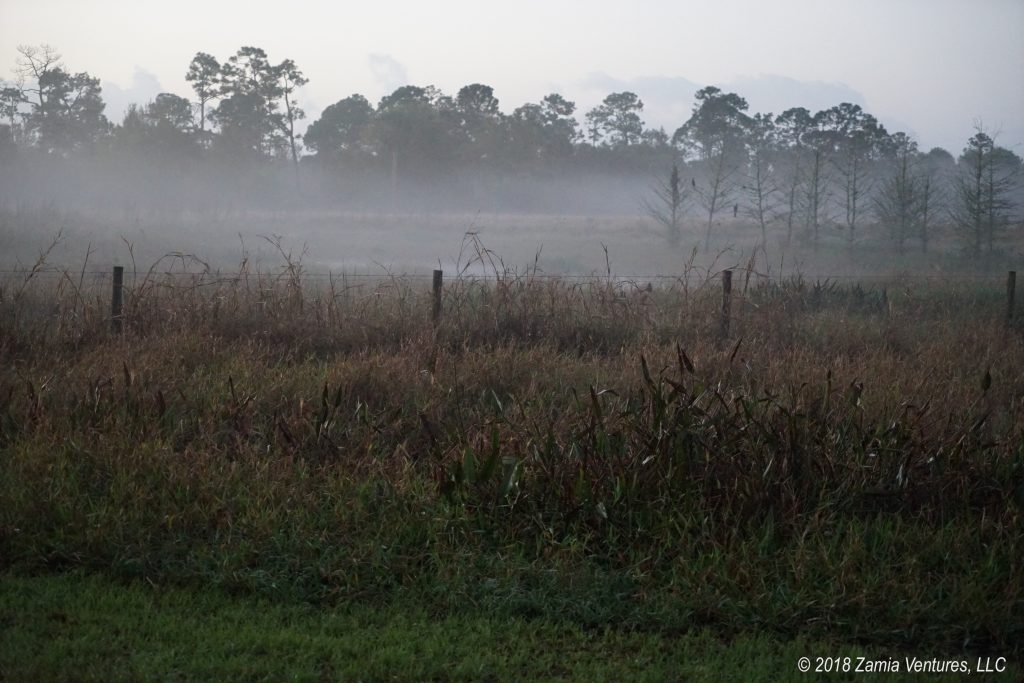
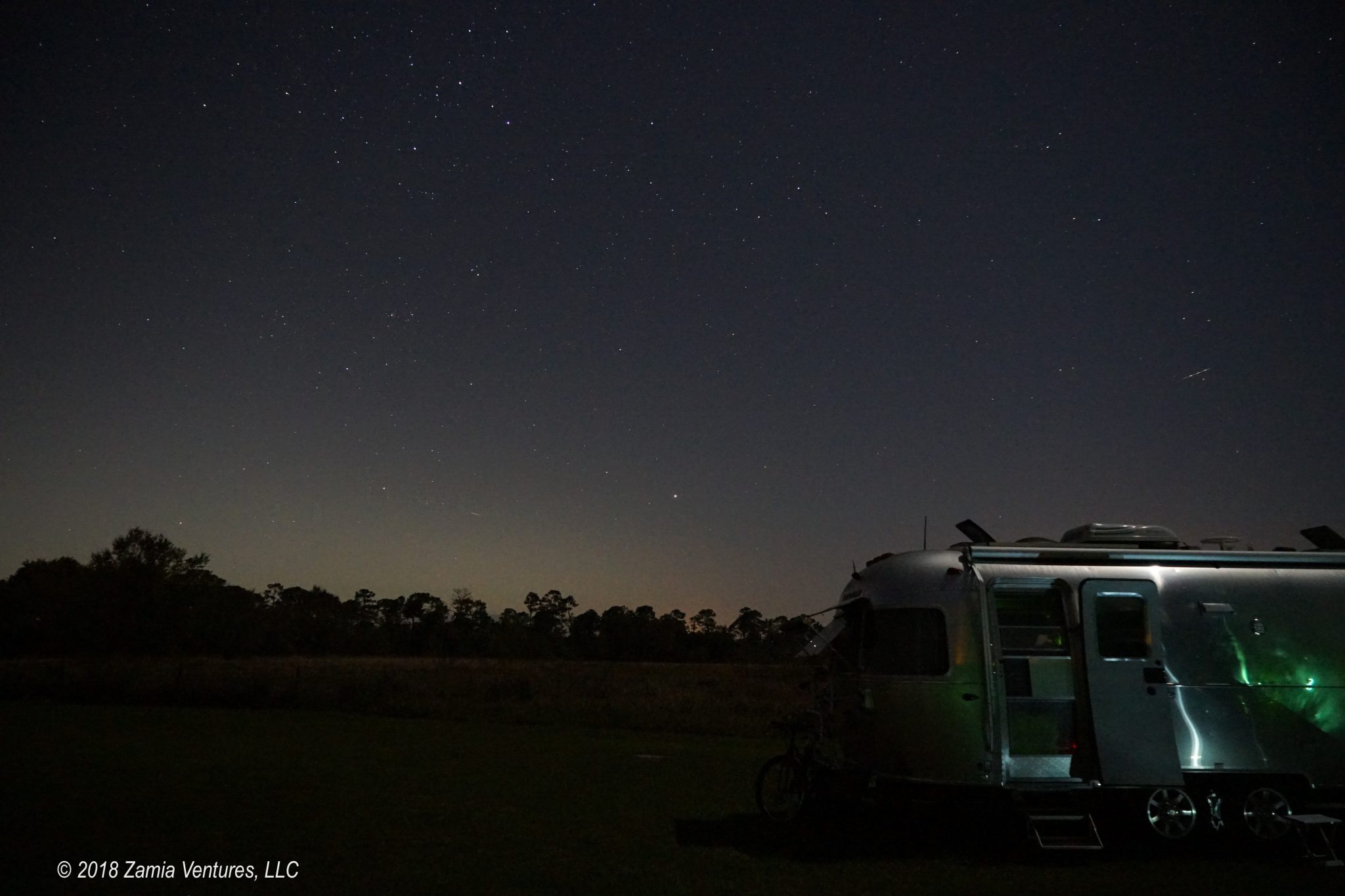
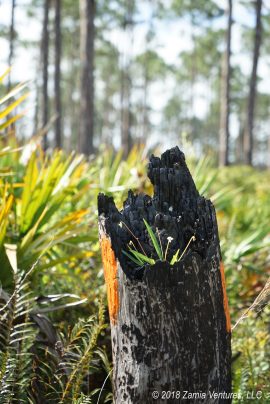
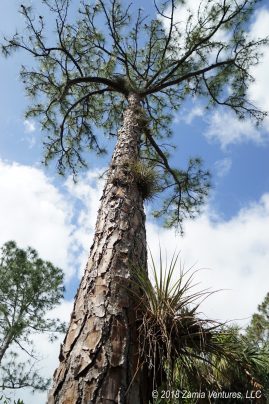
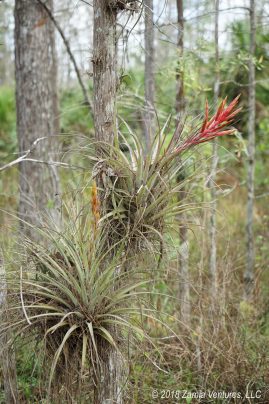
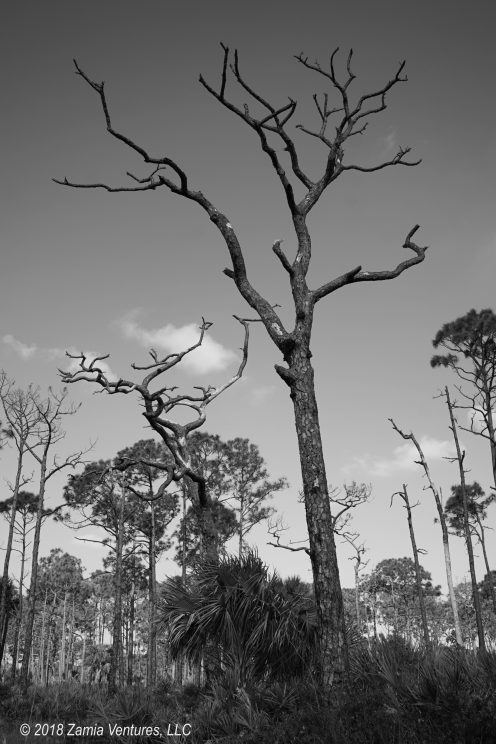
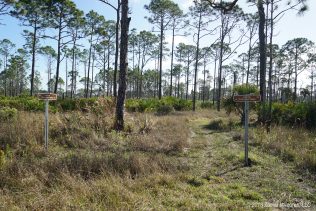

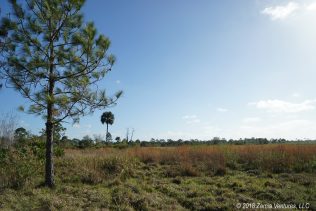
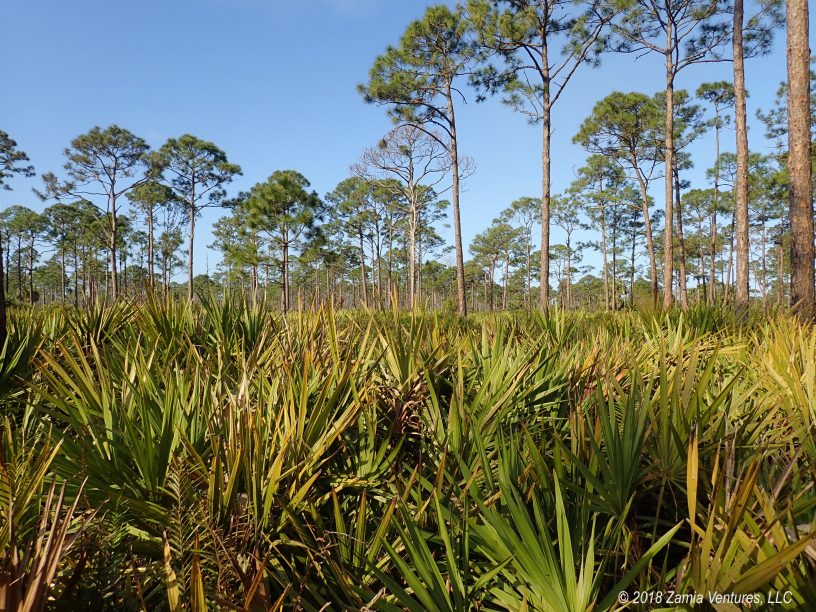
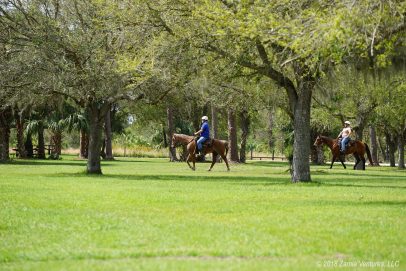
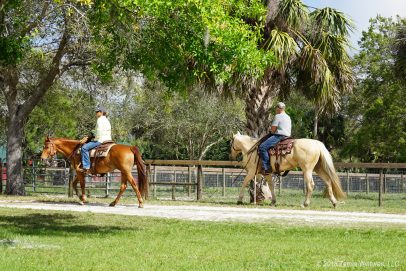
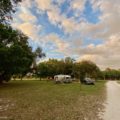
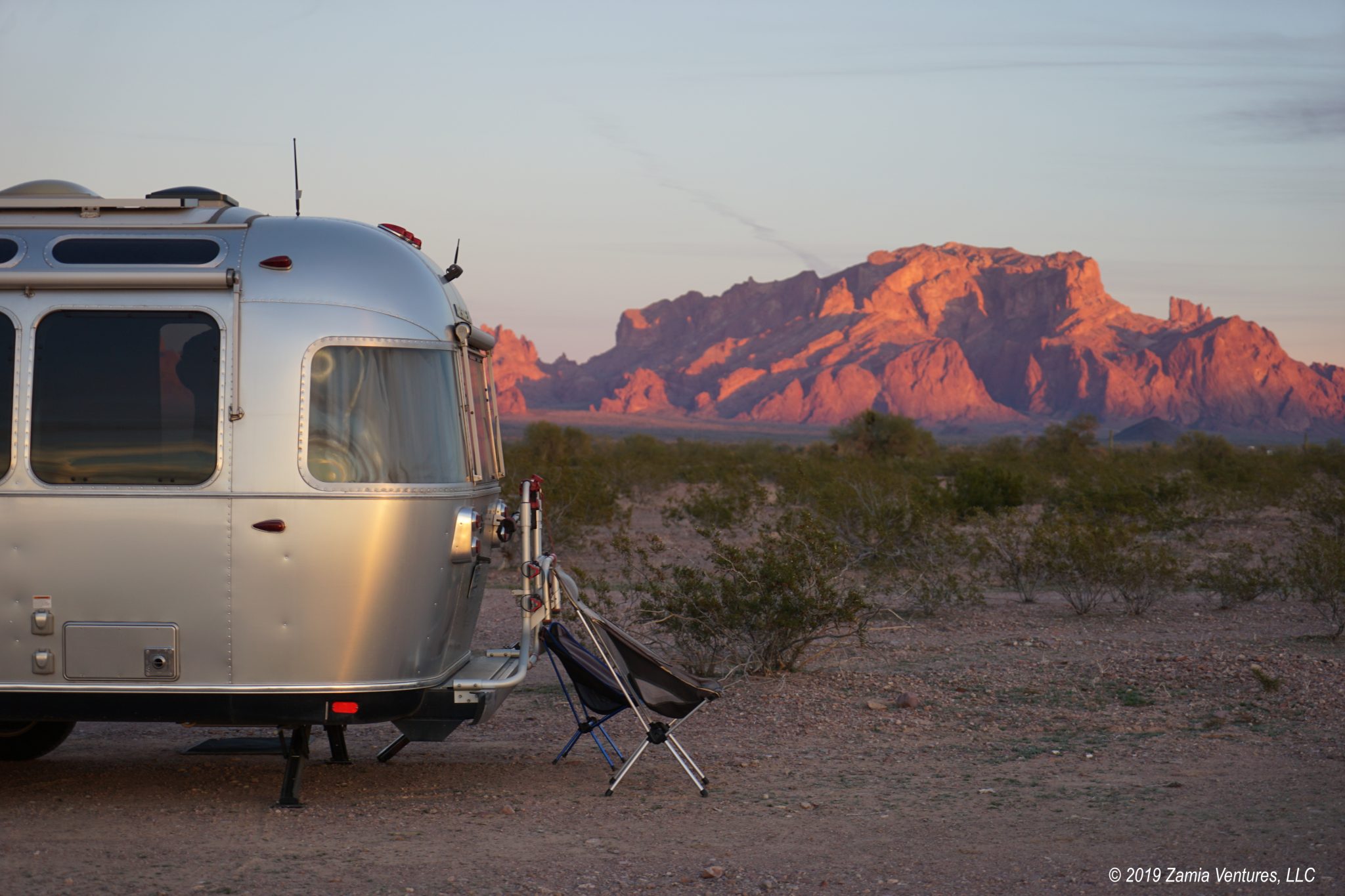
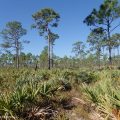
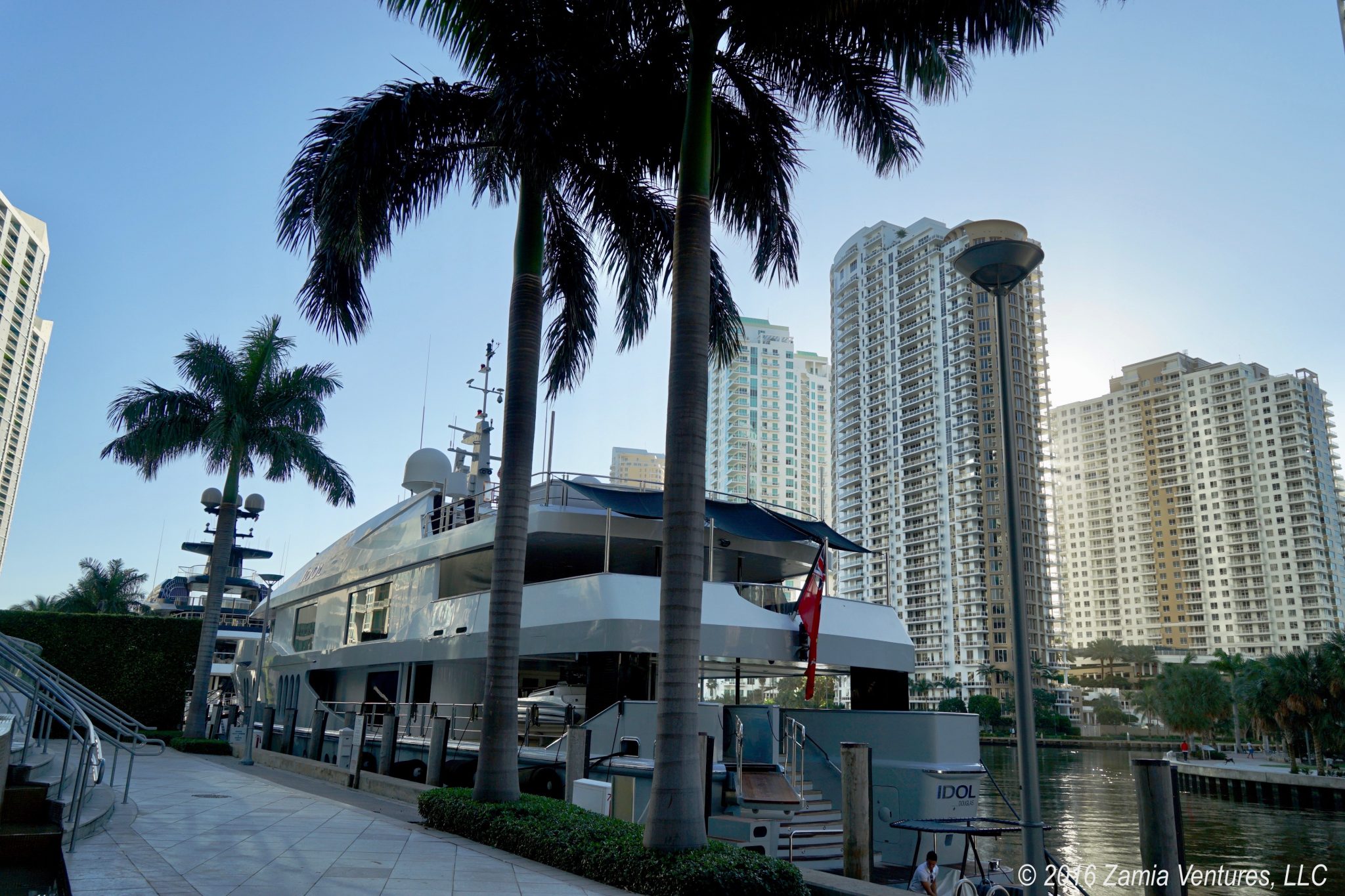
Just came across your site and am enjoying it thus far.
As I’m sure you have discovered by now, part of re-couping the cost of solar panels lies in being able to camp in locations without hookups. This can save anywhere from $10 (if a section of a state park has no-hookup opportunities) to $30 per night. That would represent a much quicker than 10 year cost recovery on the solar panels.
We are planning to hit the road fulltime in our fifth-wheel this September. Maybe someday our paths will cross!
You are of course correct about solar panels giving us flexibility to camp in plenty of places without hookups, but we do also have a generator. We just prefer solar for the quiet, and not needing to constantly attend to the panels while they are generating power. So I view the panels as a “nice to have” rather than “must have” item. Still, we think the investment was worthwhile in how much it has added to our enjoyment of being on the road. Good luck in your new journeys!
Nice website. I would like to make one clarification about the Ocean to Lake Hiking Trail (OTLHT). The Florida Trails Association maintains the trail for foot traffic. While a multiuse trail has been proposed and as far as I can tell is still incomplete, it is not following the OTLHT. Horses and bicycles cause a great amount of damage to the trail. If you could clarify that in your write-up, it would be greatly appreciated.
Thanks,
Rick Byrnes
FTA volunteer trail maintainer
Rick, thanks for the feedback. That’s a welcome clarification. We haven’t been out to DuPuis in several years, but I assume they still have equestrian facilities on the property for riders to visit DuPuis, but not other sections of the trail. It makes sense that other portions of the trail are limited to hikers only. Thanks for the work you do maintaining trails!
Yes, there are many excellent equestrian trails in Dupuis and they are well used.